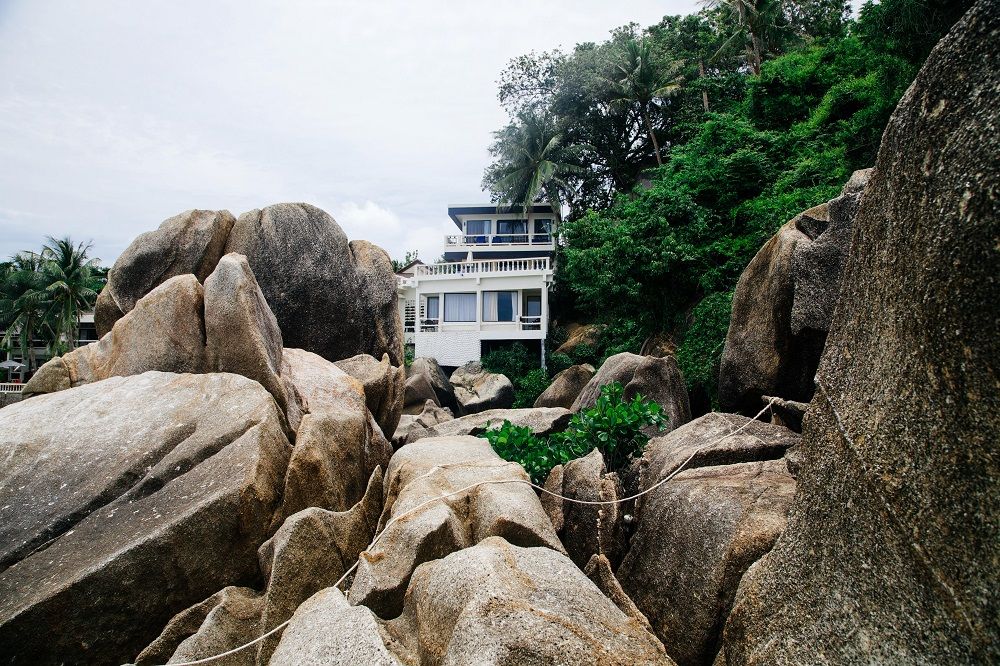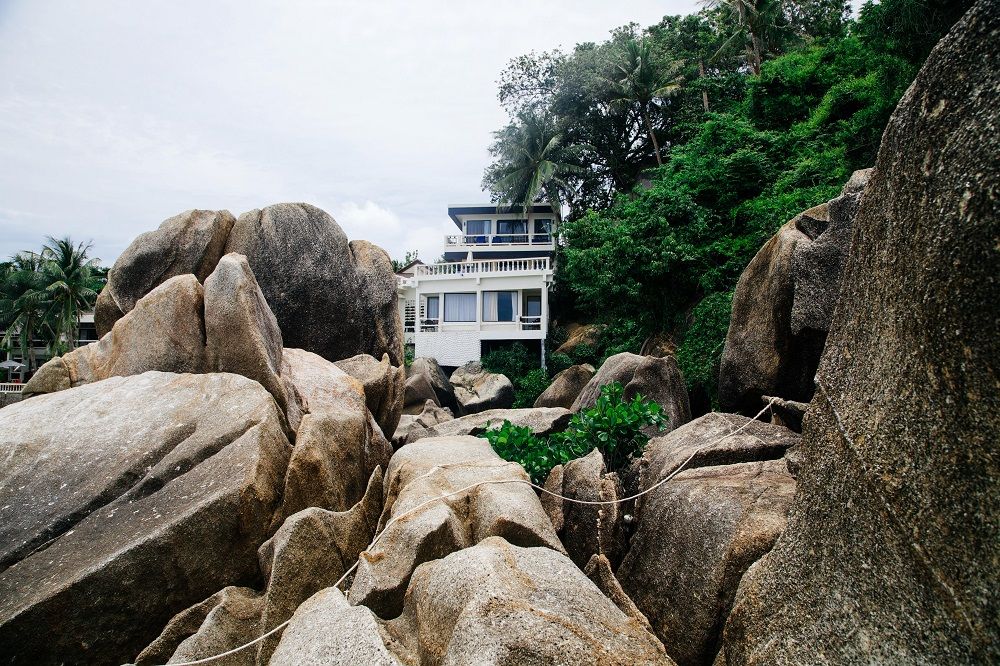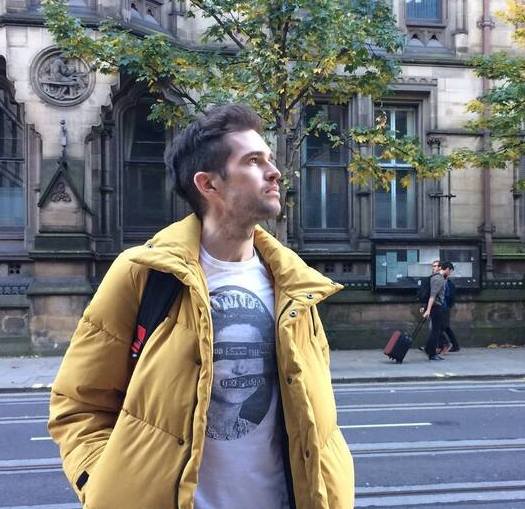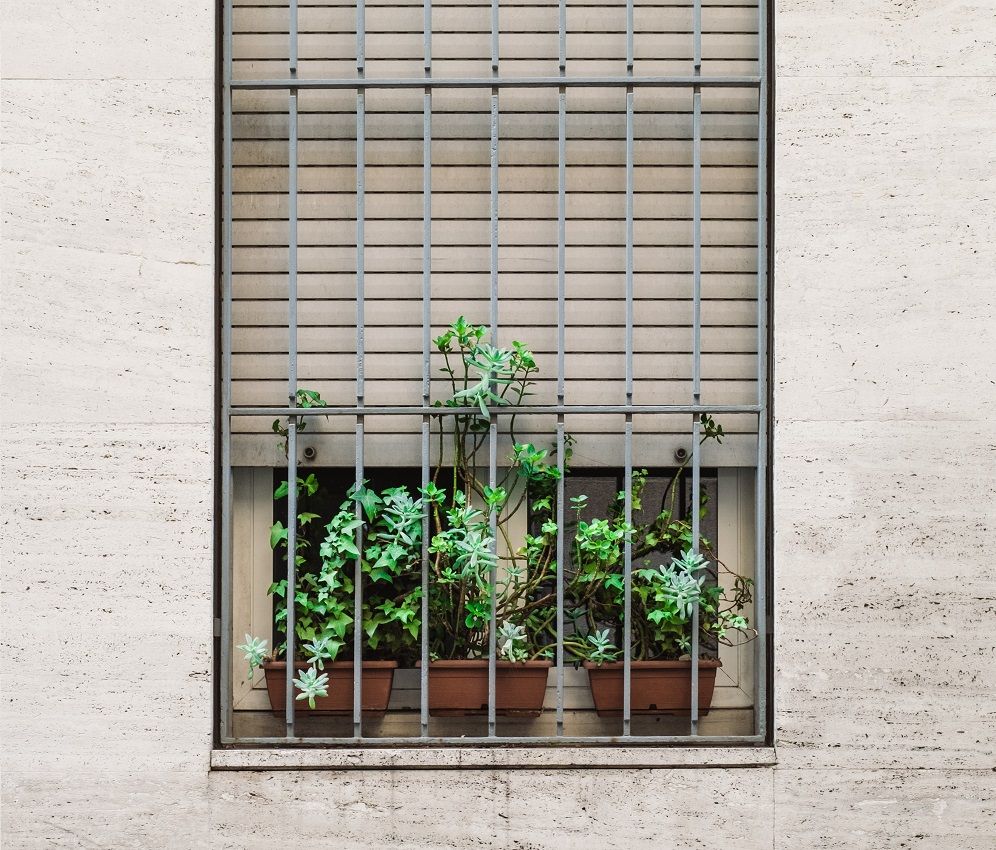When I was a kid, my friends and I would build tree houses and dens. They weren’t always the best, but they provided us with a secret place to hang out away from the grown-ups. We’d play board games in there, shelter from the rain, and pretend we had our own little house.
And, although we didn’t realize it at the time, we were doing our bit for the environment. Go us. We were clearly amazing.
Fast-forward to 2019, and I couldn’t imagine me having the talents to build a treehouse anymore — let alone an actual house to live in full-time. And yet that’s precisely what people are doing in a bid to be more sustainable: Wales is letting people build their own eco-friendly homes in the countryside, while this guy built his own Dome House with Earth Bags.
The idea is as awesome as it is admirable. There are even guides that teach you how to build your own sustainable house (mine would definitely fall over within an hour, of course). As it turns out, more and more of us are doing it as we look to save the planet.
But can sustainable houses really become mainstream? Who are the people that are building them? I decided to find out.
What is an eco-house? And why build your own?
I live in the UK, a country where 12% of our carbon emissions come from domestic buildings, such as the home I live in. The government wants all our houses to be zero carbon by 2020.
An eco-home is a sustainable domestic building that uses only natural resources, and which is designed with the environment as its prime focus. Many people who build their own eco-homes do so to save money on their energy bills, while some eco homes can also make money for you by taking advantage of government-issued renewable energy grants. This is certainly true in Wales.
An eco-house also, of course, reduces your carbon footprint, and it also promotes a healthier indoor environment. For example, you’ll build your home from materials that contain less harmful ingredients and environmental pollutants.
Worried that it all sounds a bit boring? Worried your house will be made of plants that will blow over when it gets a bit windy? Well, check this out:
This is a row of houses in the UK that looks like a million other row of houses. These houses aren’t environmentally friendly, and they’re not doing anything to lower the carbon footprint.
This house, on the other hand, is a sustainable eco-house that looks 100% unique.
Beauty is obviously subjective, but I love its clean, modern, and minimal aesthetic. I also like the fact that it’s a detached house without any noisy neighbors.
And that’s another reason to build your own home — you’ll be creating something that no one’s ever seen before, and which no one else can replicate.
Here’s an article full of unique eco-houses that all look awesome.
“Why we built our own eco-house”
I must admit that when I first learned about people building their own eco houses, I thought it all sounded complicated — and expensive.
But as Cassandra Lishman explains, it doesn’t have to be. Cassandra is a farmer and weaver who makes £20,000 a year (about $25,000), and who built her own sustainable home for just £10,000 (about $12,500).
I know what you’re thinking: “$12,500? Yeah, and I bet it’s tiny, and there’s only one room. Give me a break, Will.”
Well, not quite.
“There’s one big living space with an office, kitchen, living room and a bedroom for my husband and I,” says Lishman. “As our kids have grown older — they’re 25, 16 and 13 now — we’ve created bedrooms for our two sons in our barn and made an eco-hut out of straw bales for our daughter.”
Cassandra decided to build her own eco-home with her husband after studying environmental science. She wanted to provide her own electricity and food, but she also wanted to live in a like-minded community.

It’s this sense of community that is indeed driving a lot of green-minded people to build their own eco-homes. This is especially prevalent in Wales, where the government’s One Planet Development is bringing people together in the fight to make the planet greener. Mark Waghorn Architects are just one firm that has taken on the challenge, creating a design called the One Planet Monopitch Home that is community-focused.
As he explains:
“We’re taking it forward as an open-source project, developing the designs for free, for everyone as a downloadable model you can play about with. All additional work will be free and shareable. There are no limitations on how it can be used, it’s for everyone to use for themselves, and also for everyone looking to commercialize it.”
“There’s already a community in Wales very interested in self-build, though often making smaller structures. It’s about learning from experience and sharing what works with others looking to do similar. This is a different culture to that of having intellectual property rights — it’s more about working together for the common good.”
How to build your own eco-home on a budget
Building an eco-home isn’t easy — but it also doesn’t have to be too difficult. It’s also cheaper than buying a ready-made green-friendly house. You’ll need more than a hammer and nails but the good news is that it can be done on a budget. Here are some tips:
Have a proper look around for cheap materials (and freebies)
Joshua Penk built his own eco-home and says the trick is to have a proper look around for the cheapest materials.
The materials he used for his eco-home were all locally sourced and 100% natural.
He was creative with how he found them, too. Low-grade concrete-filled 50 pad foundations, while the posts that sit on top of them cost just $2,5 each!
Then there were the little sedum and ferns that spot plant the top of his green roof system, each of which he was able to grab for free after a commercial project discarded them simply because they were from a damaged roll.
Build an earthbag house
Earthbag homes can be made for as little as $300. You build them using military techniques, stacking sandbags with speed. An earthbag home is natural, sustainable — and earthquake resistant.
While earthbag homes are pretty small, they can be expanded over time. And while they can be built from as little as $300, their exact cost will depend on the materials used.
Still, it’s a wonderful idea.
Construct your own well
Ever built a well before? Me neither! But building your own well is apparently not that hard, and it will save you a small fortune on your water bills.
Alternatively, you could put together a grey water or rain recycling system for $500.
Use triple-glazed windows
Triple-glazed windows might be more expensive to buy than double-glazed but they’ll keep you warmer and thus save you energy during winter. They’ll also add more value to your home for when you come to sell it.
Seal the drafts
Come on, we all hate draughty homes.
*shivers*
By finding the drafts and sealing them, you’ll be saving more money on your energy bills.

Final thoughts
Apparently, eco-homes can be built in less than a day and, as we’ve seen, they don’t need to cost you a fortune.
If you’ve thought about building your own green-friendly home, now is certainly the time to do it. It will be an exciting project, and you’ll be left with a unique home that you know is reducing your carbon footprint.
Join the budding community of conscious consumers right now and help save the planet! The NatureHub Conscious Community app is now available on both Google Play Store and iOS App Store.



